Artificial intelligence has the potential to change human existence as we know it, but can it make a decent movie?
Get the latest international news and world events from around the world.

You need to see the most elusive planet at opposition in the sky this month
At opposition, and on surrounding nights, Neptune rises in the east around sunset and will be visible all night long, traveling along the ecliptic (the apparent path of the Sun and planets in Earth’s sky). Neptune can be seen in the constellation of Aquarius, below the “circlet” asterism of Pisces, and to the west of Jupiter.
The planet is in apparent retrograde motion (appearing to travel backwards in its orbit relative to Earth) from June 28 to December 3. Neptune will be at its closest to Earth the day before opposition, September 15, at only 2.7 billion miles (4.3 billion km) distance. At opposition, the Sun’s light will fully illuminate the planet’s surface, casting light directly onto Neptune from Earth’s point of view.
Since it is not visible to the naked eye, Neptune was unknown to astronomers until the 1800s, when it was the first planet to be discovered by mathematical prediction, rather than direct observation, owing to gravitational perturbation on the orbit of Uranus.
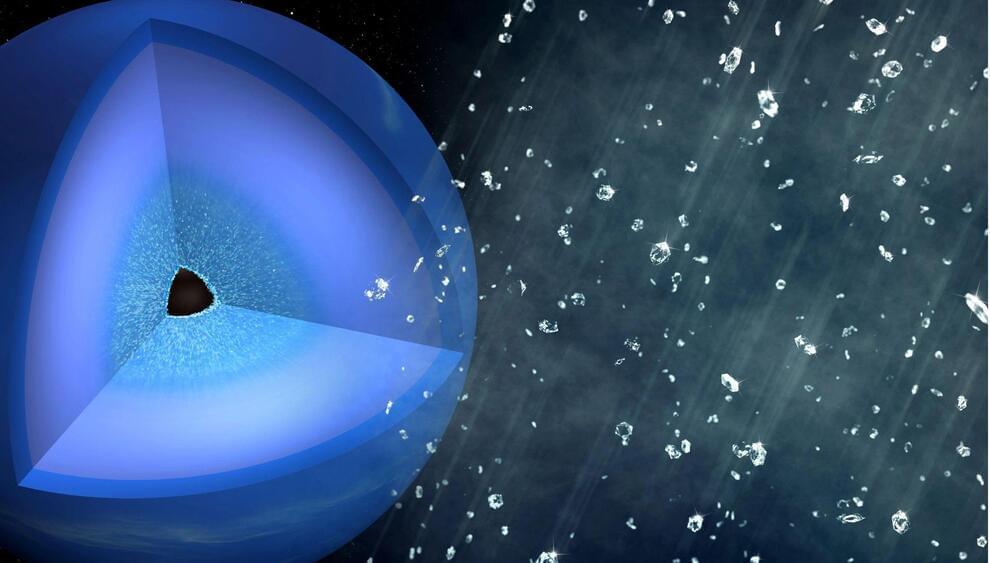
The stunning space phenomenon ‘diamond rain’ may be more common than once thought
Diamonds are forever, but they might not be that rare.
Diamonds are forever, the saying goes. The precious stones may also be surprisingly abundant throughout the universe, a press statement reveals. Scientists have used common plastic to recreate the process that leads to diamond rain on Uranus and Neptune in the lab. They found that it is likely diamonds actually form in these planets’ atmospheres.
Previously, the consensus was that high pressure and temperature conditions deep below the surface of these ice giants turn hydrogen and carbon into solid diamonds.
SLAC
The precious stones may also be surprisingly abundant throughout the universe, a press statement reveals. Scientists have used common plastic to recreate the process that leads to diamond rain on Uranus and Neptune in the lab. They found that it is likely diamonds actually form in these planets’ atmospheres.
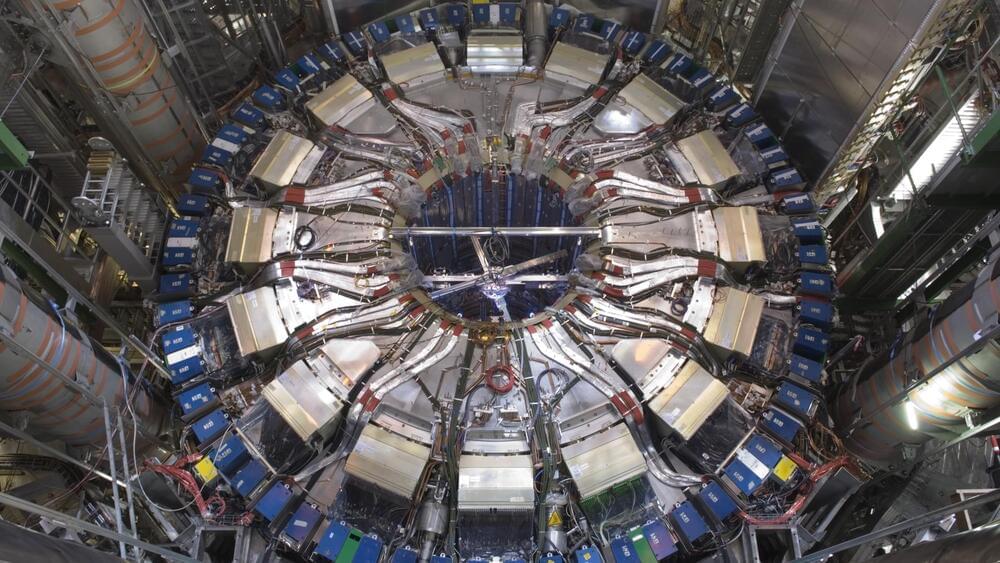
CERN’s ATLAS detector is the largest ever constructed for a particle collider
The experiment seeks to answer fundamental questions about experimental physics.
Ten years ago, scientists announced the discovery of the Higgs boson, which helped explain why the smallest building blocks of nature have mass. For particle physicists around the world, it was a very important and long-awaited result that marked a new era of experimental physics. Physicists at the Large Hadron Collider — the world’s largest and most powerful particle accelerator — located at the European Organization for Nuclear Research (CERN) in Geneva discovered the Higgs boson largely due to results from the ATLAS experiment.
The largest general-purpose particle detector experiment at the Large Hadron Collider, ATLAS was one of the two LHC experiments involved in the discovery of the Higgs boson in July 2012.

Russia has allegedly lost more than 1,000 of its tanks in six months of conflict
It is still a fraction of the resources it can dedicate to the fight.
Wikimedia Commons.
On February 24 when Russian troops began crossing over the border of Ukraine, little did anybody think that the conflict would go on for months. With a massive advantage of the sheer number of troops, military equipment, and technology, the Russian ‘special operation’ should not have even lasted weeks.
When You’re at the Top of the World, You Can Pay Designers To Build Dreams, Yamaha Does
This project is carried out by Yamaha and explores the importance of air pressure in our everyday lives. Air is used to run a propellor and sing a song.
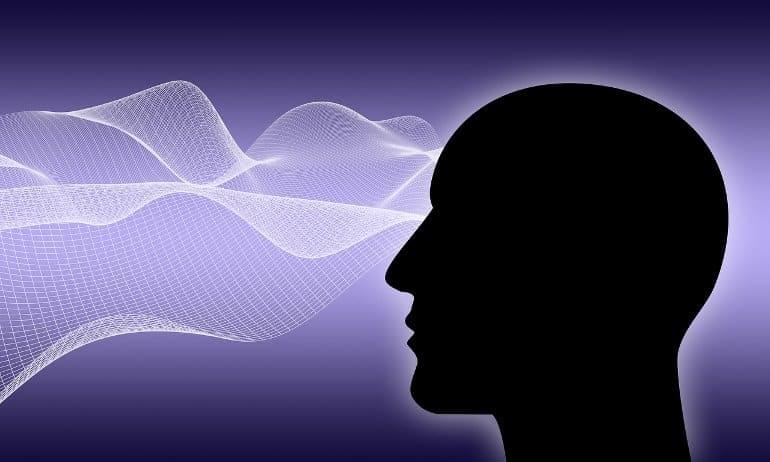
Can ‘Random Noise’ Unlock Our Learning Potential?
Summary: Transcranial random noise stimulation (tRNS) may be a useful tool in enhancing learning rates in those with limited learning capabilities.
Source: Edith Cowan University.
Though many of us may seek a quiet place in which to study, ‘noise’ may play a key role in helping some people improve their learning potential.

How Axolotls Regrow Their Brains After Injury
In a new study published in Science, researchers have used single-nucleus sequencing (sNuc-Seq) to characterize the cell populations of the axolotl forebrain, an aquatic salamander that can regenerate brain tissue post-injury.
Axolotls – a translational model
The brain is a complex organ, comprising billions of cells and neuronal connections that form intricate networks. Understanding which cells are actively engaged in neurological processes – and which genes underpin this activity – can help us to decipher this complexity. It is only recently that advances in single-cell sequencing have made such research possible, providing insights on the molecular signatures of thousands of individual cells.
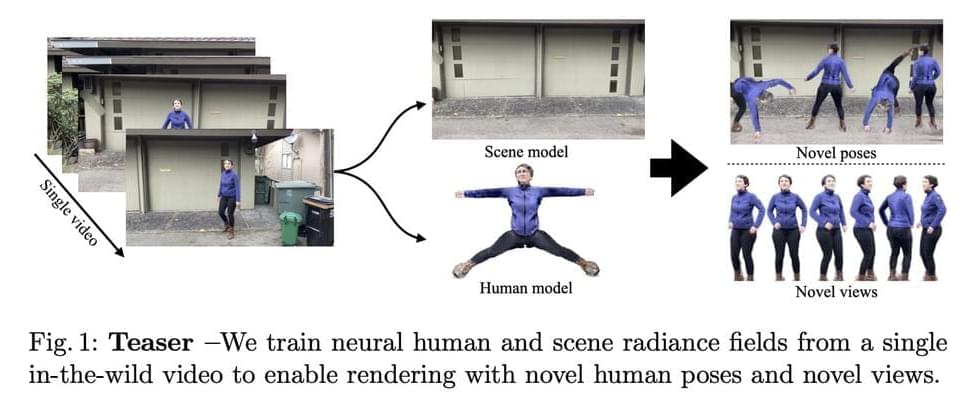
Apple Researchers Develop NeuMan: A Novel Computer Vision Framework that can Generate Neural Human Radiance Field from a Single Video
Neural Radiance Fields (NeRF) were first developed, greatly enhancing the quality of new vision synthesis. It was first suggested as a way to rebuild a static picture using a series of posed photographs. However, it has been swiftly expanded to include dynamic and uncalibrated scenarios. With the assistance of sizable controlled datasets, recent work additionally concentrate on animating these human radiance field models, thereby broadening the application domain of radiance-field-based modeling to provide augmented reality experiences. In this study, They are focused on the case when just one video is given. They aim to rebuild the human and static scene models and enable unique posture rendering of the person without the need for pricey multi-camera setups or manual annotations.
Neural Actor can create inventive human poses, but it needs several films. Even with the most recent improvements in NeRF techniques, this is far from a simple task. The NeRF models must be trained using many cameras, constant lighting and exposure, transparent backgrounds, and precise human geometry. According to the table below, HyperNeRF cannot be controlled by human postures but instead creates a dynamic scene based on a single video. ST-NeRF uses many cameras to rebuild each person using a time-dependent NeRF model, although the editing is only done to change the bounding box. HumanNeRF creates a human model from a single video with masks that have been carefully annotated; however, it does not demonstrate generalization to novel postures.
With a model trained on a single video, Vid2Actor can produce new human poses, but it cannot model the surroundings. They solve these issues by proposing NeuMan, a system that can create unique human stances and novel viewpoints while reconstructing the person and the scene from a single in-the-wild video. Figure 1’s high-quality pose-driven rendering is made possible by NeuMan, a cutting-edge framework for training NeRF models for both the human and the scene. They first estimate the camera poses, the sparse scene model, the depth maps, the human stance, the human form, and the human masks from a moving camera’s video.
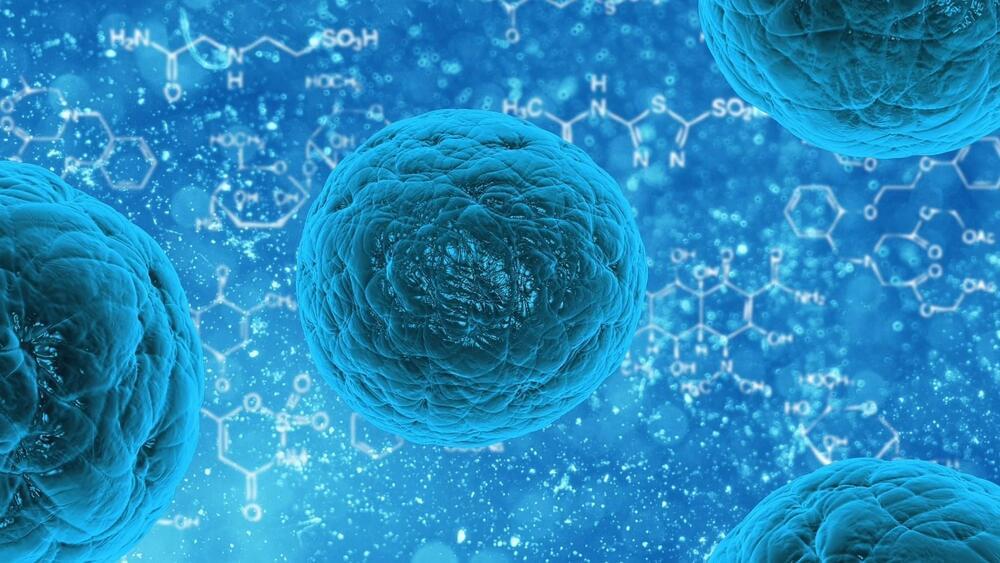
Stem cell-gene therapy shows promise in ALS safety trial
Cedars-Sinai investigators have developed an investigational therapy using support cells and a protective protein that can be delivered past the blood-brain barrier. This combined stem cell and gene therapy can potentially protect diseased motor neurons in the spinal cord of patients with amyotrophic lateral sclerosis, a fatal neurological disorder known as ALS or Lou Gehrig’s disease.
In the first trial of its kind, the Cedars-Sinai team showed that delivery of this combined treatment is safe in humans. The findings were reported today in the peer-reviewed journal Nature Medicine.
“Using stem cells is a powerful way to deliver important proteins to the brain or spinal cord that can’t otherwise get through the blood-brain barrier,” said senior and corresponding author Clive Svendsen, Ph.D., professor of Biomedical Sciences and Medicine and executive director of the Cedars-Sinai Board of Governors Regenerative Medicine Institute. “We were able to show that the engineered stem cell product can be safely transplanted in the human spinal cord. And after a one-time treatment, these cells can survive and produce an important protein for over three years that is known to protect motor neurons that die in ALS.”